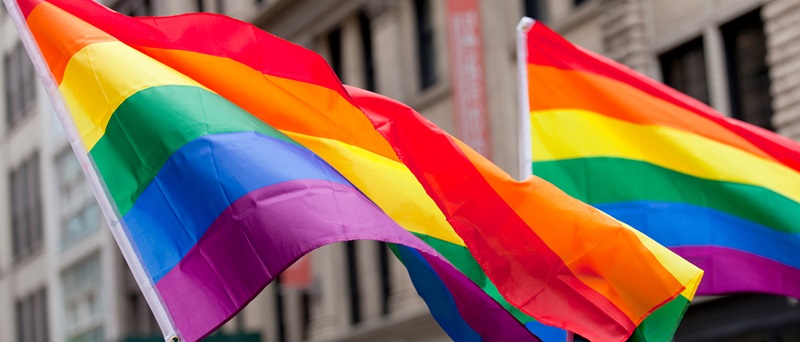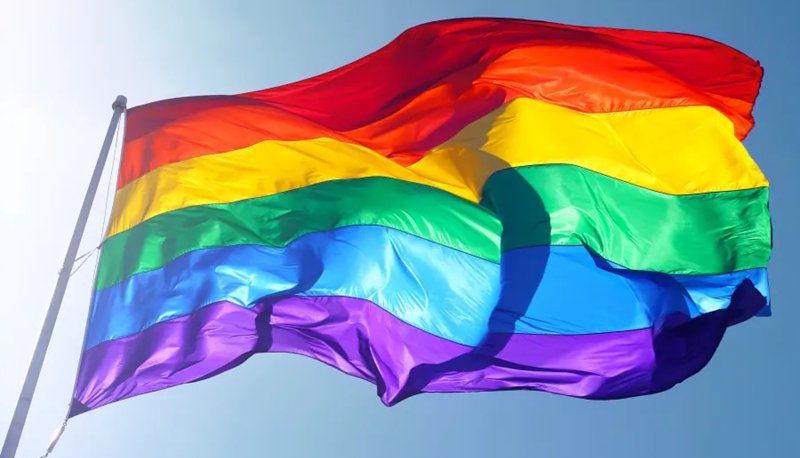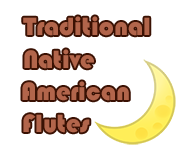The Straight Flag is a symbol that has gained attention in recent years, representing a specific set of beliefs and values within the LGBTQ+ community. The flag features a design of black and white stripes, with a purple triangle in the center. This flag is meant to represent individuals who identify as heterosexual and cisgender, and who may feel marginalized within the larger LGBTQ+ community. The symbolism of the flag is complex, as it can be seen as both a statement of pride in one’s identity, as well as a way to challenge societal norms and expectations.
For some, the flag represents a desire for acceptance and understanding, while for others it is a way to assert their own unique identity and perspective. The Straight Flag serves as a reminder that diversity and inclusion are important within all communities, regardless of sexual orientation or gender identity. Ultimately, the flag is a symbol of unity and empowerment for those who may feel misunderstood or overlooked within the LGBTQ+ community.

Flags Representing Heterosexuality — Variations and Designs
Flags representing heterosexuality come in a variety of designs and variations, each with its own unique symbolism. One of the most common designs is a flag featuring the colors of pink, blue, and white. Pink is often associated with femininity, blue with masculinity, and white with purity or innocence. Another popular design is a flag featuring traditional gender symbols, such as the male symbol of an arrow pointing up and the female symbol of a cross resting on a circle. These symbols are often used to represent the binary nature of gender and sexuality in heterosexual relationships.
Some flags may also incorporate images of traditional heterosexual couples, such as a man and woman holding hands or embracing. These images serve to visually reinforce the idea of heterosexuality as the normative and dominant sexual orientation. Overall, flags representing heterosexuality aim to celebrate and promote the idea of traditional gender roles and relationships, while also reinforcing the idea that heterosexuality is the most socially acceptable and recognized form of sexual orientation.

Straight Pride — Celebrating Heterosexual Identity
Straight Pride is a controversial topic that has sparked debates and discussions about the need for a designated celebration of heterosexual identity. Proponents of Straight Pride argue that just as members of the LGBTQ+ community have Pride events to celebrate their identity, heterosexual individuals should also have the opportunity to celebrate who they are without facing backlash or criticism. They believe that a Straight Pride event can serve as a way to promote inclusivity and diversity, and to raise awareness about the unique challenges faced by heterosexual individuals in society.
However, critics of Straight Pride argue that such events are unnecessary and serve to reinforce the societal norms that already privilege heterosexual individuals. They argue that heterosexual individuals do not face the same level of discrimination and oppression as members of the LGBTQ+ community, and that celebrating a majority identity is unnecessary and potentially harmful.
Despite the controversy surrounding Straight Pride events, the conversation about the need for such celebrations continues to evolve as society grapples with issues of identity, inclusivity, and diversity. Ultimately, the debate over Straight Pride highlights the complex and nuanced discussions surrounding gender and sexuality in modern society, and the need for continued dialogue and understanding among all individuals, regardless of their sexual orientation.
Allyship — Supporting the LGBTQ+ Community as a Straight Ally
Allyship within the LGBTQ+ community is crucial for promoting acceptance, understanding, and equality for all individuals regardless of their sexual orientation or gender identity. As a straight ally, it is important to actively listen to the experiences and challenges faced by LGBTQ+ individuals, and to use one’s privilege to advocate for their rights and create a more inclusive and affirming environment. This can involve speaking out against discrimination, supporting LGBTQ+ events and organizations, and educating oneself and others about LGBTQ+ issues and history.
By taking a stand as an ally, one can help create a more welcoming and supportive community for LGBTQ+ individuals to thrive and be their authentic selves without fear of judgment or discrimination. It is important to remember that allyship is an ongoing commitment that requires continuous learning, self-reflection, and action to truly make a difference in the lives of LGBTQ+ individuals. By standing in solidarity with the LGBTQ+ community, straight allies can help create a more equitable society where everyone is respected and valued for who they are.
